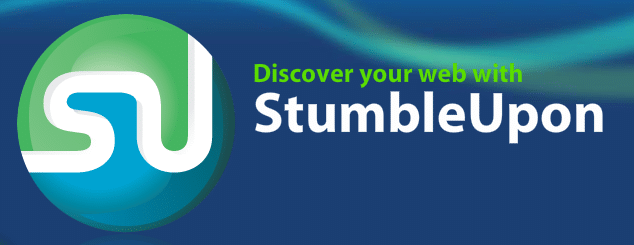Are you promoting yourself via social networks, or are you leaving that to your readers? Do you make sure potential clients know about your blog, if you’re using it as a business platform?
Are you simply using the standard sharing options - Twitter, Facebook, Google+, etc – or are you thinking of ways you can be a little creative when it comes to sharing your blog socially?
Let’s face it, if you’re using your blog as a business platform then the more eyeballs it gets, the better for finding potential new clients or customers. Even a personal blog can benefit from extra visitors.
So here are a few ways you can get outside the normal views of retweets and shares, and promote your blog to a bigger crowd that may miss it otherwise.
Social Sharing Groups
The most oft-used method of sharing a blog post is via social sharing buttons on the post itself.These are either located at the top and/or bottom of the post, or to the side. But why not take this a little further, and create a social sharing group?
For example, one of the best resources for traffic to this blog is Stumbleupon. This is a great social sharing platform that lets you “stumble” the web, and allows you to give either a thumbs up or down to the site you’re currently on (you can also leave a review if you like).

So create a Stumble group.
Grab about 10 of your online friends, and help promote each other’s blogs. Anytime a new post is published, have one of the group stumble it, then you can give it a thumbs up.
You can then take this idea to other social bookmarks - Reddit, Digg, etc. Just make sure you also highlight a lot of other great sites too – don’t create the group just to promote your work, that’s just spammy.
Side note: While traffic from Stumbleupon can be great, bounce rates can be affected (the amount of time someone stays on your site), so keep an eye on that in your analytics.
Turn Posts into Ebooks
You blog. You write. A lot. Depending on whether you’re a niche blogger or not, you might have a lot of posts on similar topics, or even run a blog series of interconnected posts.So why not turn them into an ebook?
The market for ebooks is huge, and offers a great way for you to either give back to your blog community for reading you, or sell them as part of your business offerings.
Write a crafts blog? Put together some of your favourite tips and publish as an ebook. Chef? Collate some of your favourite recipes and sell them via your blog. And so on – the possibilities for what’s in your ebook are endless.
I put together a bunch of my short form posts on Posterous as a free ebook with some simple marketing ideas, and so far it’s been downloaded just over 3,000 times. So ebooks are definitely a great way to both give back and get back.
Turn Your Blog into a Slide
One of the best platforms around at the moment is Slideshare. Essentially taking PowerPoint presentations to the next level, Slideshare also allows uploads of PDF’s, documents and other presentations.
You can even add audio or talk tracks, or turn your slides into mini-movies.
So working from your ebook idea, collate some of your best posts on a topic and create a presentation. Edit the posts accordingly to make the best use of Slideshare’s capabilities (perhaps a connecting image, statistic or similar), and then upload and choose your sharing settings.
If folks like it and decide to embed on their own blog, you instantly have a new audience. That could go one step further, and businesses could pick up your kick-ass presentation and use it as a training resource.
The next potential step from that is to bring you on board to expand on your initial ideas – so now your original blog post has become both a training resource and a client lead.
Just Getting Started
These are just three ways that you could take the normal social sharing option, and add a little extra to help promote your blog.You could also use the WordPress application on LinkedIn, or Networked Blogs for Facebook as another couple of alternatives. Or you could re-purpose old posts for publication elsewhere.
The thing is, just because you already have sharing options in place doesn’t mean you need to stop there. The great thing with blogs is that they can be essentially timeless, given the right post and topic. Why not use that?
How about you – what are you doing to extend the reach of your blog? Feel free to share your tips on what works for you in the comments.


